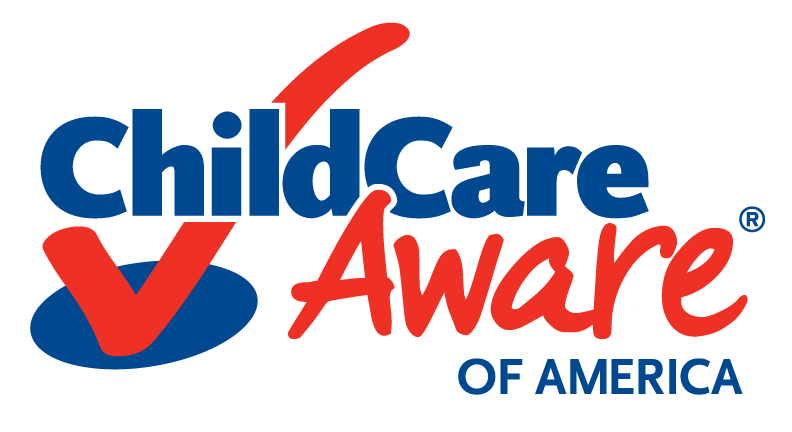July is the hottest time of year for much of the United States, according to the Weather Channel. With relative humidity and actual air temperature both peaking around the later summer months, this makes the end of summer especially hazardous to children playing outside. Our Emergency Preparedness team is providing this resource to keep parents, child care providers, and children, safe and informed on hazards when playing outside this summer.

This Heat Index is a measure of how hot it really feels when relative humidity is factored in with the actual air temperature. As an example, if the air temperature is 90oF and the relative humidity is 85%, the heat index—how hot it feels—is 117oF. (The red area without numbers indicates extreme danger.)
- Heat Advisory
- Issued within 12 hours of the onset of extremely dangerous heat conditions
- If heat index is expected to reach between 105-109oF in next 12 to 24 hours
- Excessive Heat Watches
- Issued when conditions are favorable for an excessive heat event in the next 24 to 72 hours.
- If heat index feels like 110oF or higher within the next 24 to 48 hours
- A watch is used when the risk of a heatwave has increased but its occurrence and timing is still uncertain
- Excessive Heat Warning
- Issued within 12 hours of the onset of extremely dangerous heat conditions
- If heat index feels like 110*F or higher within the next 12 to 24 hours
- The general rule of thumb is when the maximum heat index temperature is expected to be 105oF or higher for at least 2 days, night time air temperatures will not drop below 75oF
(Exposure to full sunshine can increase heat index values by up to 15oF .)
Children rely on others to regulate their environments and their fluid intake. Because of this, it is important for child care providers to monitor the weather. As the weather changes, so do the things children need to ensure their bodies stay in relative temperature homeostasis. Without close proper monitoring of the weather conditions, especially during hot summer months, children are at greater risk for dehydration and heat-related illnesses.
Heat-Related Illness
There are 3 types:
- Heat cramps
- Heat exhaustion
- Heatstroke
Heat Cramps
Heat cramps are the mildest form of heat illness. It consists of painful muscle cramps and spasm that occur during or after intense exercise and sweating in high heat. These cramps are intermittent, involuntary spasms of muscles that occur in an individual who is physically active in hot or humid weather.
Symptoms: Flushed, moist skin & muscles most affected
- Quadriceps
- Hamstrings
- Gastrocnemius
- Abdominal muscles
- Back muscles
- Biceps
- Triceps
Heat Exhaustion
Heat exhaustion is more severe than heat cramps, yet not as severe as heat stroke. It occurs in conditions of extreme heat and excessive sweating without adequate fluid and salt replacement. It occurs when the body is unable to cool itself properly, and, if left untreated, can progress to heatstroke.
Symptoms:
- Faint or dizzy
- Fever over 100*
- Excessive sweating
- Cool, pale, clammy skin
- Nausea or vomiting
- Rapid, weak pulse
- Muscle cramps
- Diarrhea
- Weakness
Heatstroke
Heatstroke is the most severe form of heat illness. It occurs when the body’s heat-regulating system is overwhelmed by excessive heat. It is a life-threatening emergency and requires immediate medical attention.
Symptoms:
- Throbbing headache
- No sweating
- Body temperature above 103oF
- Red, hot, dry skin
- Nausea or vomiting
- Rapid, strong pulse/heart rate
- May lose consciousness
- Loss of Appetite
- Confusion
- Agitation
- Lethargy
- Seizures, coma, and death are possible
Resources:
Heat-Related Illnesses – Johns HopkinsMedicine


